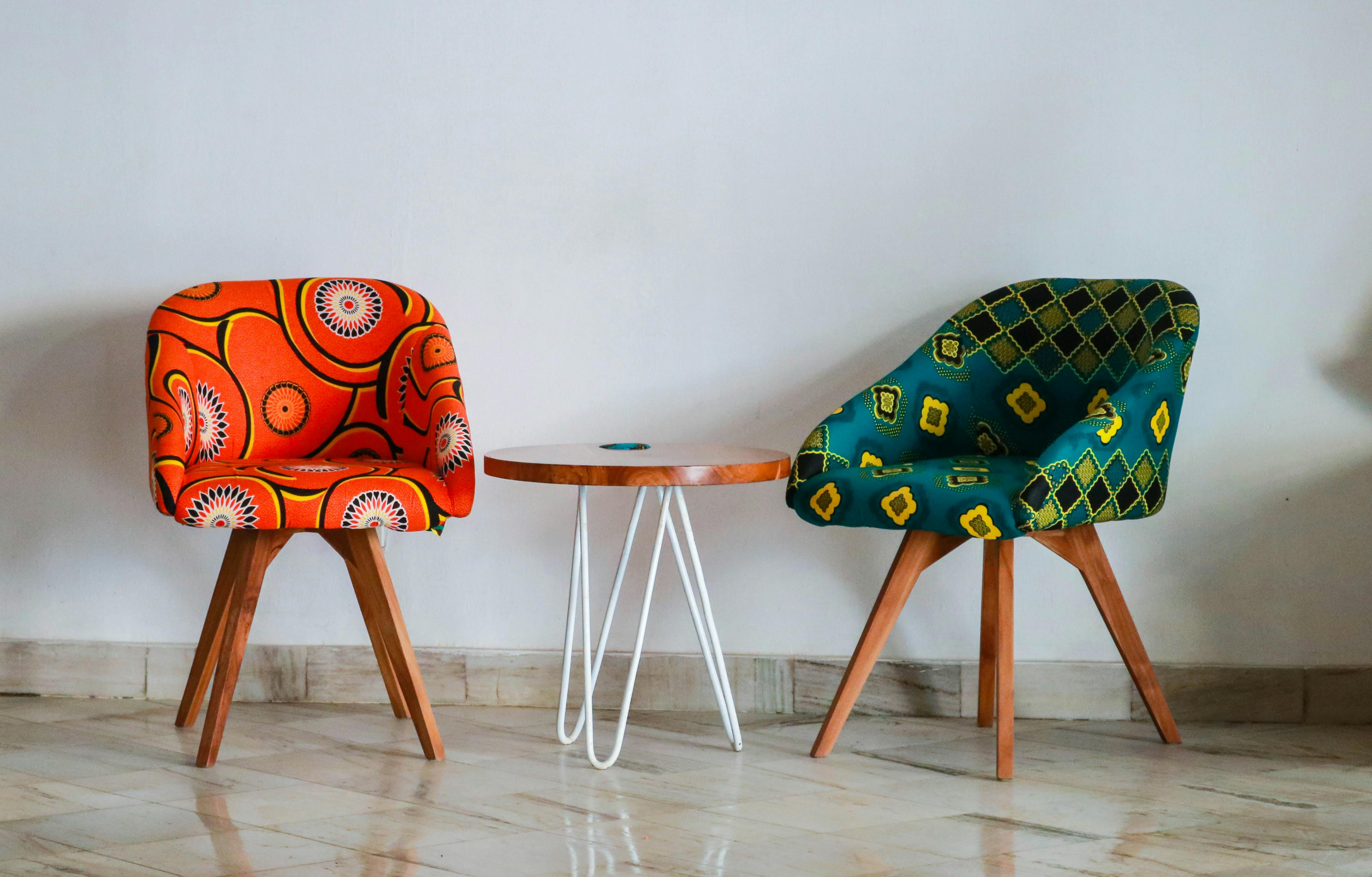Transforming Living Spaces: A Dive into Modular Furniture
The concept of home has evolved significantly over the years, moving from simply being a space for shelter to a place of comfort, creativity, and expression. Integral to this transformation is the rise of modular furniture, a design innovation that combines functionality, flair, and flexibility.

The Origins of Modular Furniture
Modular furniture traces its roots back to the mid-20th century when the advent of modernism in design and architecture called for a shift towards simplicity and functionality. The concept was simple - create furniture pieces that can be easily assembled, disassembled, and reconfigured to suit the user’s needs. This marked a significant break from traditional furniture that was often bulky, inflexible, and not easily adaptable to changing lifestyles and spaces.
Current Trends in Modular Furniture
Today, modular furniture is experiencing a resurgence, fueled by the rise of smaller living spaces, especially in urban areas, and the growing preference for minimalist and functional design. From modular sofas that can be rearranged as per the occasion, to wall units that can be adjusted to accommodate new acquisitions, the possibilities are endless. This trend is not limited to living rooms and bedrooms but extends to kitchens and even workspaces, where modular desks and storage units are becoming increasingly popular.
Practicality and Market Trends
Modular furniture is not just about aesthetics and trendiness. It offers practical solutions to modern living challenges. With increasing urbanization and shrinking living spaces, furniture that can adapt to different settings and uses is a boon. Additionally, the market for modular furniture is on an upward trajectory. According to a report by Grand View Research, the global modular furniture market size was valued at USD 85.34 billion in 2020 and is expected to grow at a compound annual growth rate (CAGR) of 3.9% from 2021 to 2028.
Enhancing Daily Living
Modular furniture enhances daily living by providing flexibility and functionality. It allows homeowners to personalize their spaces, adapting to their needs and lifestyle changes over time. Whether it’s the growing family that needs more seating options, the work-from-home professional who needs a flexible workspace, or the urban dweller with limited space, modular furniture offers a solution. It not only maximizes space utilization but also adds a unique aesthetic appeal to homes, making them more comfortable and inviting.
In conclusion, modular furniture is more than just a passing trend. It’s a design revolution that reflects the evolving demands of modern living. By offering flexibility, functionality, and style, it’s transforming how we perceive and use our living spaces, making them more adaptable, efficient, and enjoyable.




